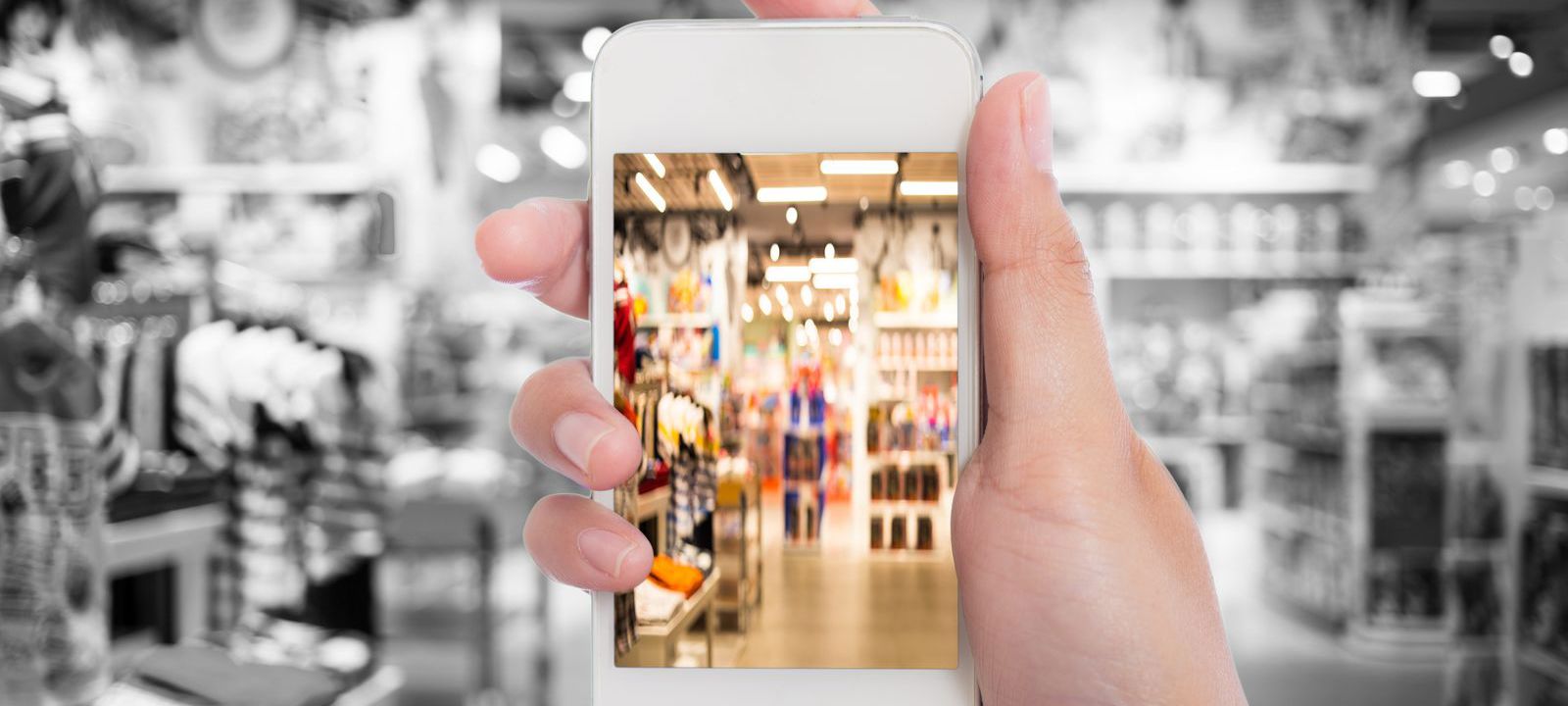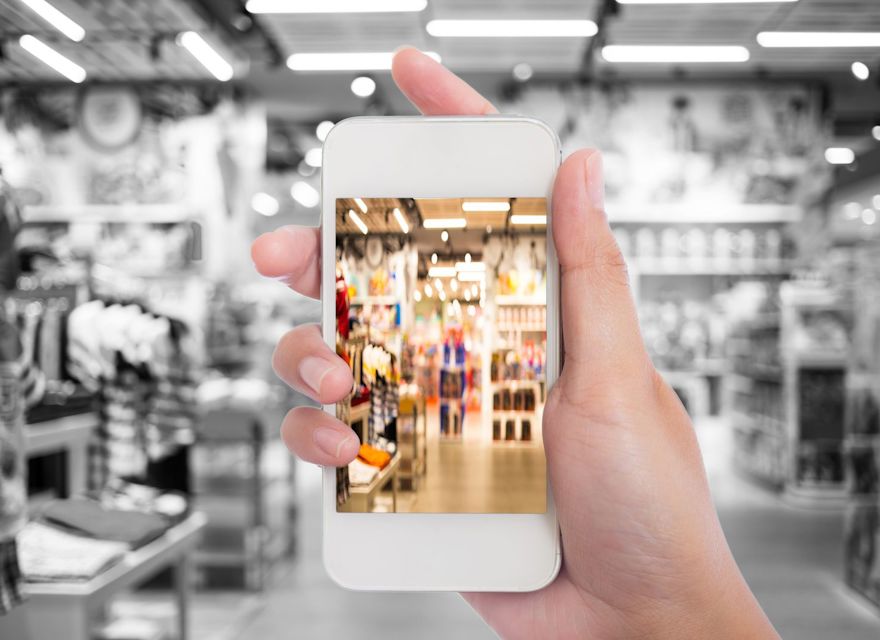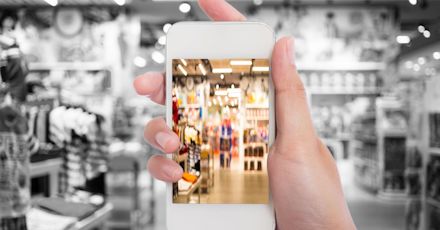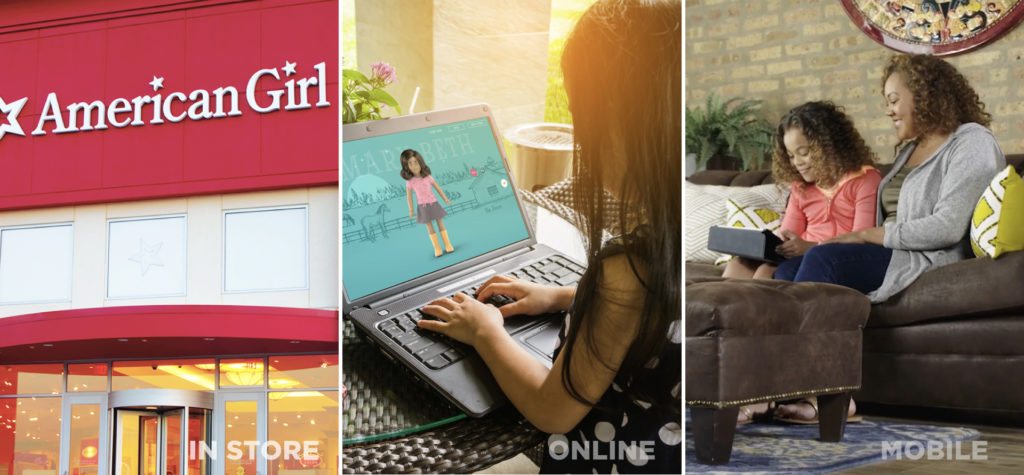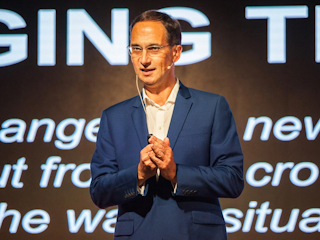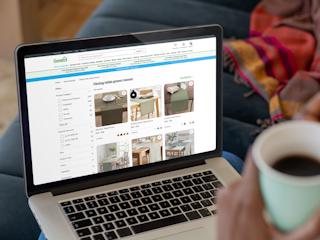There is a lot of agreement on what the future holds. According to almost everyone, it includes at least the following 8 items:
- Omni-channel
- “Wow Factor” Store Design & Experiences
- Mobile Apps
- Artificial Intelligence/Big Data
- Mobile Payment
- Personalization
- Click-and-Collect
- Geolocation
- Augmented/Virtual Reality
It seems that the “Future” is pretty much the same for everyone. And that is a problem.
If everyone is building the same future, how is any retailer going to differentiate, disrupt and eventually win?
The answer: It is all about getting back to the brand promise. Brand promise is the soul of a brand. It’s the one thing that people think of when they hear the company name:
- Patagonia = The Environment
- The Container Store = Organization
- Target = Style & Value
- Disney = Happiness
- American Girl = Girl Empowerment
How do you build a future around that?
Keeping Your Promise
You’re not going to win in digital retail if you’re just following trends and feature sets. Will omni-channel, experiential store design, a mobile app, or artificial intelligence work for you? They just might! The likelihood of their success, however, is greatly increased when you focus on how those features fulfill your brand promise to your customers. A great way to communicate that promise is through experiences that bridge digital and physical environments, with emphasis on warm, human interaction.
High experience brands outperform the S&P 500 by 200%1
Strategy, Not Buzzwords
You might notice the lack of the typical retail buzzwords in what we just advised. We’ve described an experience rather than features or tactics. That is purposeful. You need to get the strategy for the experience, and the fulfilled brand promise right – before you identify the digital tools that will help execute that strategy. American Girl’s ‘Create Your Own’ happens to rely heavily on Omni-channel, “Wow Factor” experience, mobile payments, and personalization, but those weren’t the starting point. We didn’t follow the crowd, looking for a use for those things. We imagined an experience that fulfills and deepens the customer’s love for the brand, and then we identified the technology needed to pull it off.
We also tested the heck out of it. We started with field research, going into homes to see what digital tools moms and daughters use every day. We studied how they play. We kept notes on the apps and websites they visit and what kind of design and experience they enjoyed, or hated. Every part of the user experience and interface design was tested with the people that would actually be using the product. Prototypes were created to get quantitative answers on what was working, or not. Focus groups were formed to give us the qualitative answers to how they were feeling while creating their custom doll and personality. It really can’t be emphasized enough how important testing is for a successful product. It’s the only thing, other than blind luck, that keeps you from building expensive features that just won’t get used.
Be the Hero
If you’re a retailer looking to come out of the “retail apocalypse” a hero, stop following the buzzword-laden trend reports. Concentrate on your brand promise. Communicate it to your customers through digital products and experiences that include a human touch. The technology needed to do that effectively will become clear as you test, iterate and execute your strategy.
